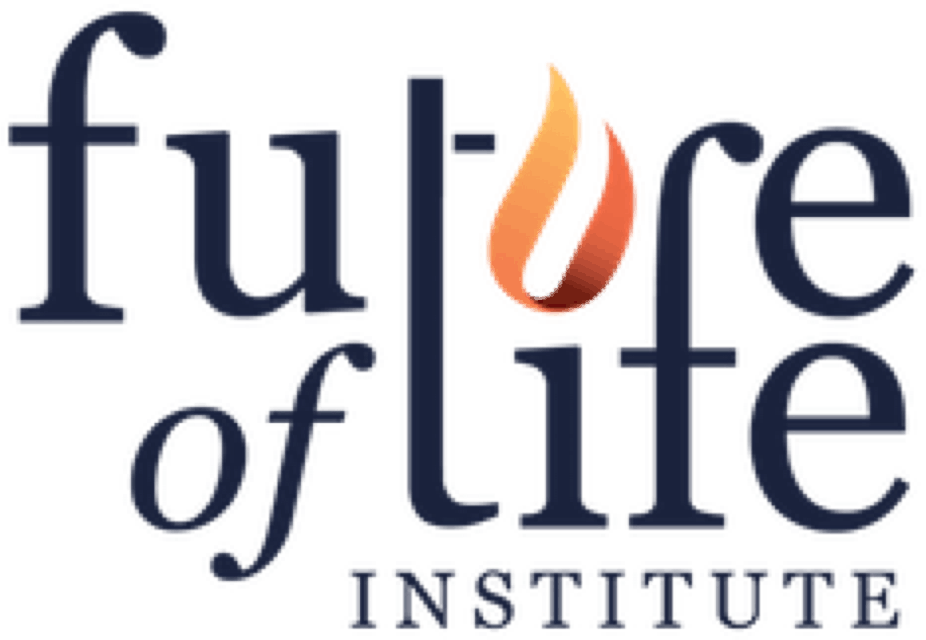Frequently asked questions
Don’t see your question in the list below? Send an email to worldbuild@futureoflife.org or ask it on our Discord
FAQs
Q. When is the submission window?
A. The contest will open January 1st 2022 and closes April 15th 2022.
Q. How do I enter the contest?
A. The entry form can be found here.
Q. Can I modify my answers after submission?
A. You can’t modify your answers once submitted.
Q. Is there a registration fee?
A. No, the competition is open to anyone free of charge.
Q. When will winners be announced?
A. The applications will be reviewed by our judges after the closing of the contest and twenty finalists will be announced on May 15th 2022. These twenty entries will be posted, with the general public invited to undertake a survey soliciting feedback on each of the twenty. Incorporating this feedback, the panel will rank the entries and the final winners will be announced on June 15th.
Q. How many teams can participate?
A. There is no limit on the number of teams that can participate.
Q. Can I submit more than one entry or participate in two different teams?
A. No, you can only enter once. If you submit more than one application, all of them but the first one will be disqualified.
Q. What are the prizes and how are they split?
A. Prizes will be evenly split among members of prizewinning teams, but to encourage collaboration they will also be up-scaled by a factor of 1.5 for 2-person teams, 1.75 for 3-person teams, 1.875 for 4-person teams, and 2.0 for 5-person or more teams. Thus, e.g., a two-person team winning first prize would be awarded $15,000 each. This means that the contest has a total prize pool of up to $140,000.
First prize: $20,000
Two second prizes: $10,000 each
Five third prizes: $2,000 each
Ten fourth prizes: $1,000 each
Judges discretionary prizes: up to five prizes of up to $2000 each
Q. What materials do I need to provide to enter the contest?
A. The submissions will consist of four items:
1. A timeline of events for 2022 to 2045 giving at least two events and one data point per year.
2. Two “a day in the life” pieces of between 750 and 1000 words, each depicting the life of an individual in 2045 somewhere in the world for one day.
3. Answers to a set of questions about your world (found in the submission form).
4. One original non-text media piece, created after the opening of the contest. The goal is to give some evocative flavor supporting your built world.
All of the above should at some level tie together into a coherent picture, with e.g. the “day in the life” pieces illustrating some of the institutions, technologies, or social structures explained in your answers to the questions.
Q. What kind of format can the free form media piece take?
A. This could be a piece of art, video, music etc.
Q. How can I meet people to collaborate with?
A. Fill out this Interest Form and review responses here. Join our Discord to chat with other people searching for teams. There will be regular online events over the next few months which would be a great setting to meet others interested in the contest.
Q. Can kids enter the contest?
A. We would love to encourage people of all ages to apply. We do ask for at least one collaborator to be 18+ on each team for logistical reasons. Please email us at worldbuild@futureoflife.org if you are you a team with younger members. If there is enough interest and applications we may attempt to highlight/celebrate those application in a youth section.
Q. What constraints must my world take into account?
A. The world must be aspirational, plausible and consistent with a set of ground rules. Plausible means that the world should be one that could well happen. In particular it should be:
- Consistent with today’s actual world;
- Consistent with known science;
- Not rely on any implausible “miracles” to make sense (though improbable events occur in any realistic world!)
Aspirational means that while not utopian, this world is one that you and presumably many others would like to inhabit. It would be seen as a fairly good outcome, and a hopeful vision. Where this is in tension with plausibility, plausibility should win – that is, being hopeful does not mean being naive, and just as your world should not rely on implausible “miracles” to make it self-consistent, it should not rely on them to be desirable.
Q. What are the ground rules of the world to be built?
- The year is 2045
- AGI has existed for at least 5 years
- Technology is advancing rapidly and AI is transforming the world sector by sector
- The US, EU and China have managed a steady, if uneasy, power equilibrium
- India, Africa and South America are quickly on the rise as major players
- Despite ongoing challenges, there have been no major wars or other global catastrophes
- The world is not dystopian and the future is looking bright
Q. What are the judging criteria?
A. Judges will pick the top twenty entries based on plausibility and quality. That is, highly-rated entries will be well-constructed, compellingly presented, logically and scientifically consistent, as well as economically, geopolitically, and socially reasonable.
Q. Why did FLI chose these ground rules?
A. The choice of constraints does not represents what FLI believes is most likely to happen or what the organization wants the future to look like. The rules were chosen as constraints to power a thought experiment – how did humanity overcome major challenges on the horizon? It was designed for contest participants to brainstorm solutions to wicked problems, because to be plausible (which is one of our judging criteria) the world needs to identify and address those. An aspirational world were things turn out well by pure luck is less plausible than a world where things turn out well because of human efforts and initiatives. The choice of challenges is entirely up to the participants and may reflect the interests or expertise of the different teams.
Q. What is Artificial General Intelligence (AGI)?
A. Artificial intelligence today is generally considered narrow AI (or weak AI), in that it is designed and trained to perform a particular task (e.g. only facial recognition or only internet searches or only driving a car). However, the goal of several major AI research efforts is to develop artificial general intelligence (AGI or strong AI) with the same flexible and widely applicable intelligence humans enjoy. Such systems could replace or augment human intellectual work in a wide variety of domains and could potentially — by itself — do things like scientific research, engineering, negotiation, media production, and system design that currently require highly trained and talented people or teams.
Q. What does the Future of Life Institute do?
A. The Future of Life Institute is a non-profit organization that aims to catalyze and support research and initiatives for safeguarding life and developing optimistic visions of the future, including positive ways for humanity to steer its own course considering new technologies and challenges. The Institute’s work includes grantmaking for risk reduction, educational outreach, policy research and advocacy, and other initiatives (like this one).
Q. Why is FLI running this contest?
A. If we can formulate a roadmap towards a future that is desirable, this can inspire real-world initiatives. It is very likely that these world builds will usefully and positively inform many people and activities – we will feature prizewinning world builds on FLI’s website and hope to work them into our overall institutional strategies, to find prospective collaborators, and connect storytellers with material to inspire them to tell a different stories about our future. Furthermore we are likely to run additional activities involving contest entrants.

